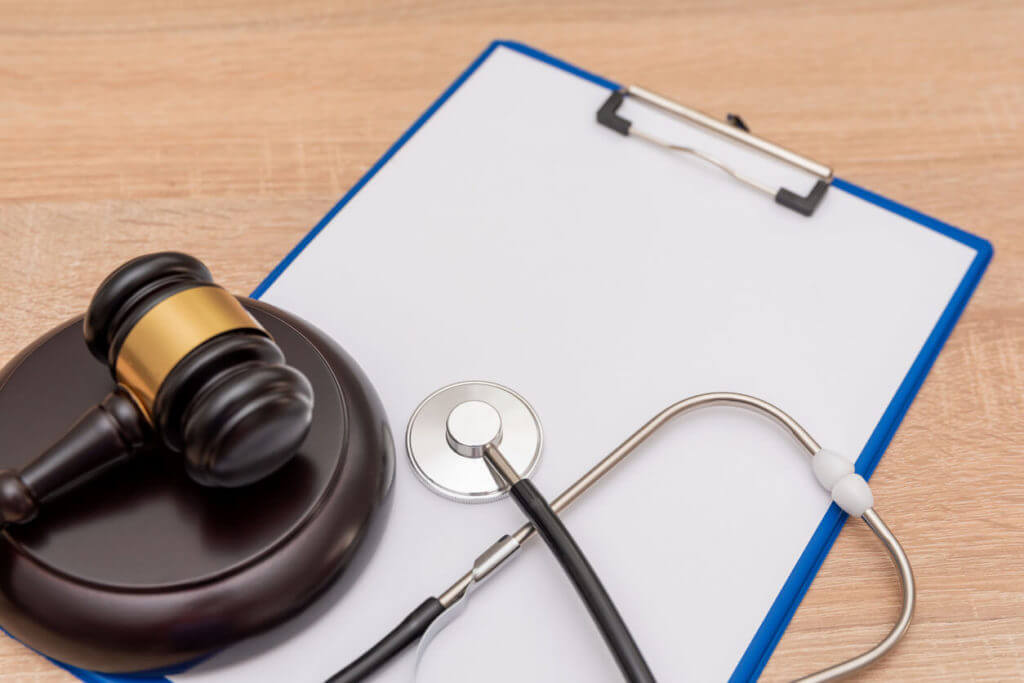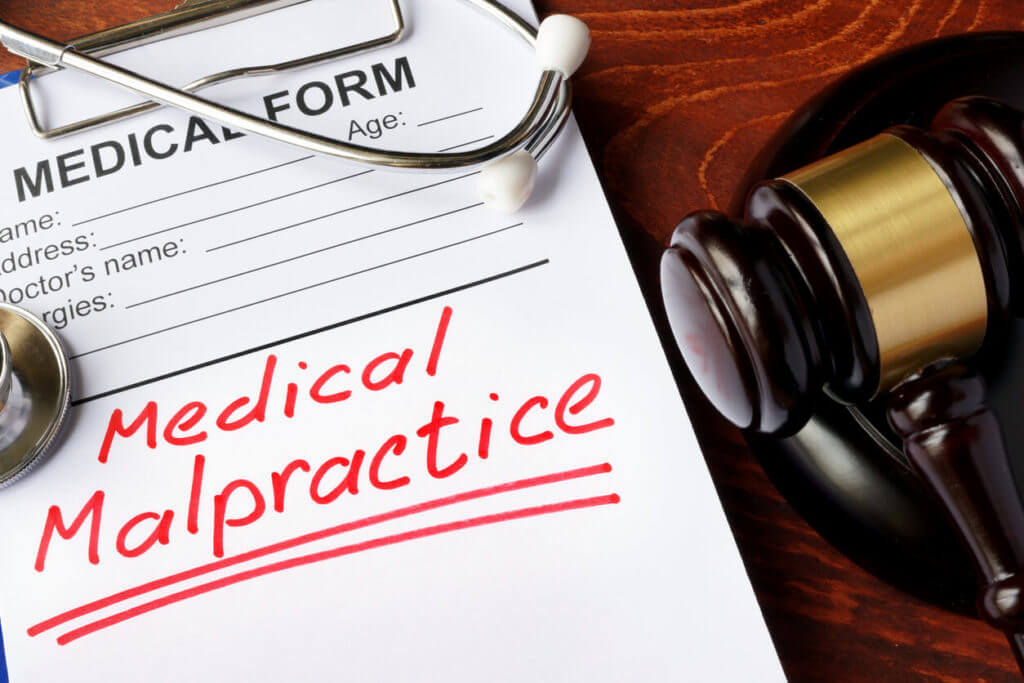An encouraging new trend is developing in medical malpractice litigation, which could result in dramatically reduced premiums for malpractice insurance. This new method is a tort system called EDR, or Early Dispute Resolution, and it is already being used with great success throughout the state of Oregon. Brian Jerome, who chairs the Massachusetts Bar’s Dispute Resolution Section Council, reported that a mere 3% of EDR-arbitrated cases go to trial, a big improvement over the current Alternative Dispute Resolution (ADR) model currently followed in most states.
So what is Early Dispute Resolution?
Early Dispute Resolution is a tort-based dispute resolution system that seeks to resolve medical incidents between the patient and doctor by allowing them to have a voluntary “conversation” regarding the incident. In Oregon, the patient or doctor with the concern initiates this conversation through the Oregon Patient Safety Commission, who sets up the meeting. The process is entirely voluntary, meaning that the summoned party can refuse to participate if he or she chooses. However, if both parties agree, the next step is to have a confidential discussion of the medical incident. Under the terms of Oregon’s malpractice laws, this conversation does not and cannot amount to a “medical malpractice claim.”
What’s wrong with ADR?
While ADR, today’s most widely-used resolution system, seeks to resolve medical malpractice issues outside of the court, because it does so in the context of litigation (with claims established and lawyers at the ready), the process tends to take on the combative form of a lawsuit. As the American Bar Association’s website puts it: “the litigation process escalates the original conflict, the parties’ relationship deteriorates, the process takes a long time and a lot of money, and none of the parties is particularly happy with the settlement.” Such a process can quickly take the form of a nasty divorce. Even if the case is settled outside of court, the legal fees can be dramatic, and the patient-doctor relationship has little chance of sustaining.
Because EDR is a pre-legal resolution strategy, it gives the patient and the doctor an avenue by which to resolve their issues civilly, and outside the antagonistic constraints of the law. Conversations in the EDR system are not recorded, so that neither party has to guard against self-incrimination. Also, EDR allows much quicker resolution of these issues, since it allows the patient and doctor to avoid the tedious bureaucracy of civil courts. Lastly, such conversations could better protect the doctor-patient relationship at risk in the midst of such issues.
What does this mean for you?
Such developments in medical dispute resolution suggest both financial and professional relief in future malpractice disputes. Though the program is in its infancy—it has been used only for about 3 years, mainly in Oregon, EDR is fast becoming the future of medical tort resolution.
Future developments could drastically reduce payouts for medical malpractice settlements. With fewer payouts comes more affordable premiums. As positive things happen in malpractice resolution, it’s always a good idea to get a quote, even if you have an existing policy. Let eQuoteMD help you find a better deal than your current policy. Get a free quote today!




